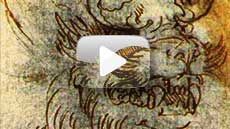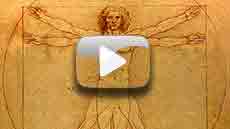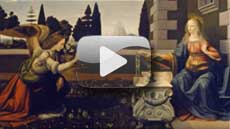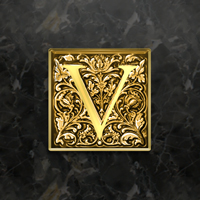"Sad is the disciple that doesn't surpass his master"
"Tristo lo discepolo che non avanza il suo maestro"—Leonardo da Vinci, (Codice Forster III, f. 66 v.)
LEONARDO DI SER PIERO DA VINCI (Italian: [leoˈnardo di ˌsɛr ˈpjɛːro da (v)ˈvintʃi]
(About this soundlisten); 14/15 April 1452[a] – 2 May 1519),
more commonly known as Leonardo da Vinci
English: /ˌliːəˈnɑːrdoʊ də ˈvɪntʃi, ˌliːoʊˈ-, ˌleɪoʊˈ-/
LEE-ə-NAR-doh də VIN-chee, LEE-oh-, LAY-oh-),
was an Italian polymath of the Renaissance whose areas of interest included
invention, drawing, painting, sculpture, architecture, science,
music, mathematics, engineering, literature, anatomy, geology,
astronomy, botany, paleontology, and cartography.
He is widely considered one of the greatest painters of all time,
despite perhaps only 15 of his paintings having survived.
[b] The Mona Lisa is the most famous of his works
and the most popular portrait ever made.
The Last Supper is the most reproduced
religious painting of all time
and his Vitruvian Man drawing is regarded
as a cultural icon as well.
Leonardo's paintings and preparatory drawings—together
with his notebooks, which contain sketches, scientific diagrams,
and his thoughts on the nature of painting—compose
a contribution to later generations of artists rivalled
only by that of his contemporary Michelangelo.
|

 Art Renewal Center
Art Renewal Center


